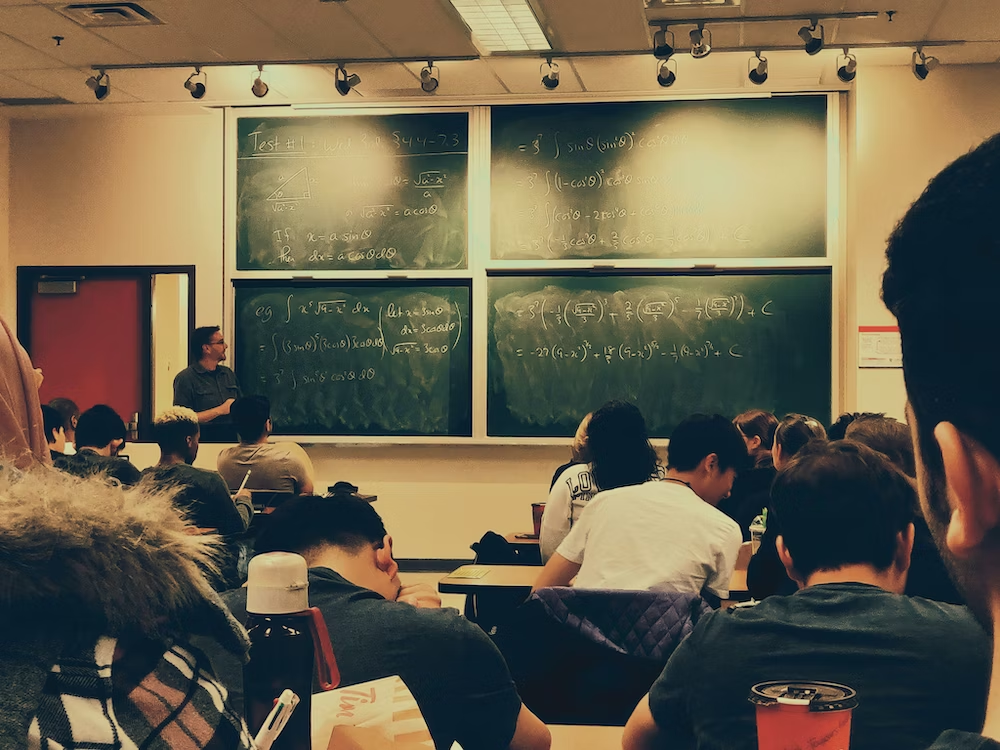Primary vs. secondary research
Primary research data stands in contrast to secondary research data, which is any data that has been previously collected and documented. In some situations, existing data may be abundant and available, making secondary research a more feasible approach to generating theory and identifying key insights.
Secondary research methods are employed in all fields of research. Market researchers conduct secondary research when there is already existing data about a target market. In particular, secondary market research might look at previous trends in the popularity of products to make predictions about the demand for new products.
Scholarly researchers can use secondary sources such as corpora, news articles, and online videos to make assertions about language and culture. Analytical approaches such as discourse analysis and content analysis can be well suited to analyzing data collected through secondary research methods.
Ultimately, primary and secondary research go hand in hand. The main function of research in building knowledge does not necessarily depend on the use of primary data collection. Rather, it is a matter of whether data needs to be collected in order to address your research inquiry, or relevant data already exists and you can access it.













